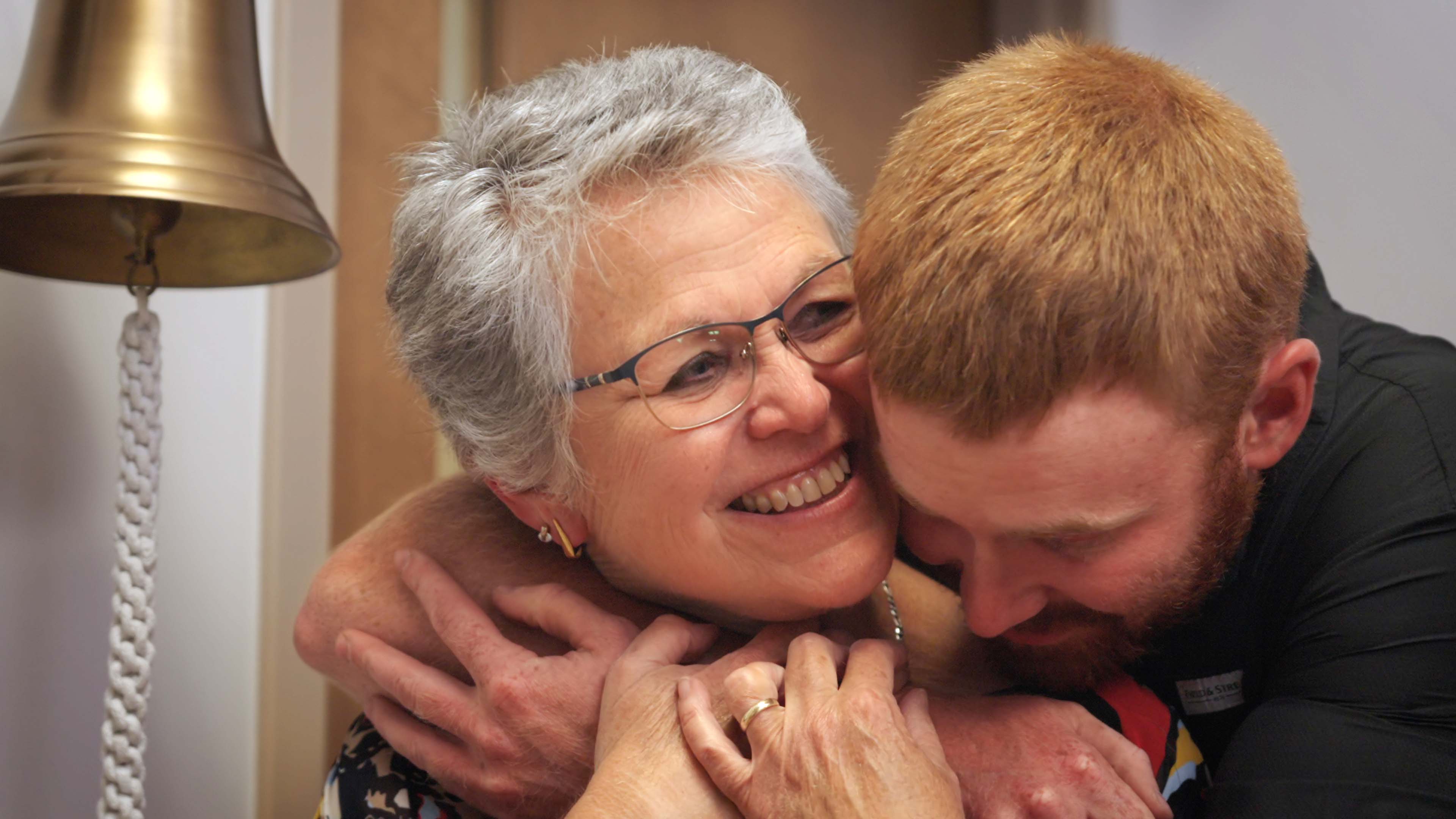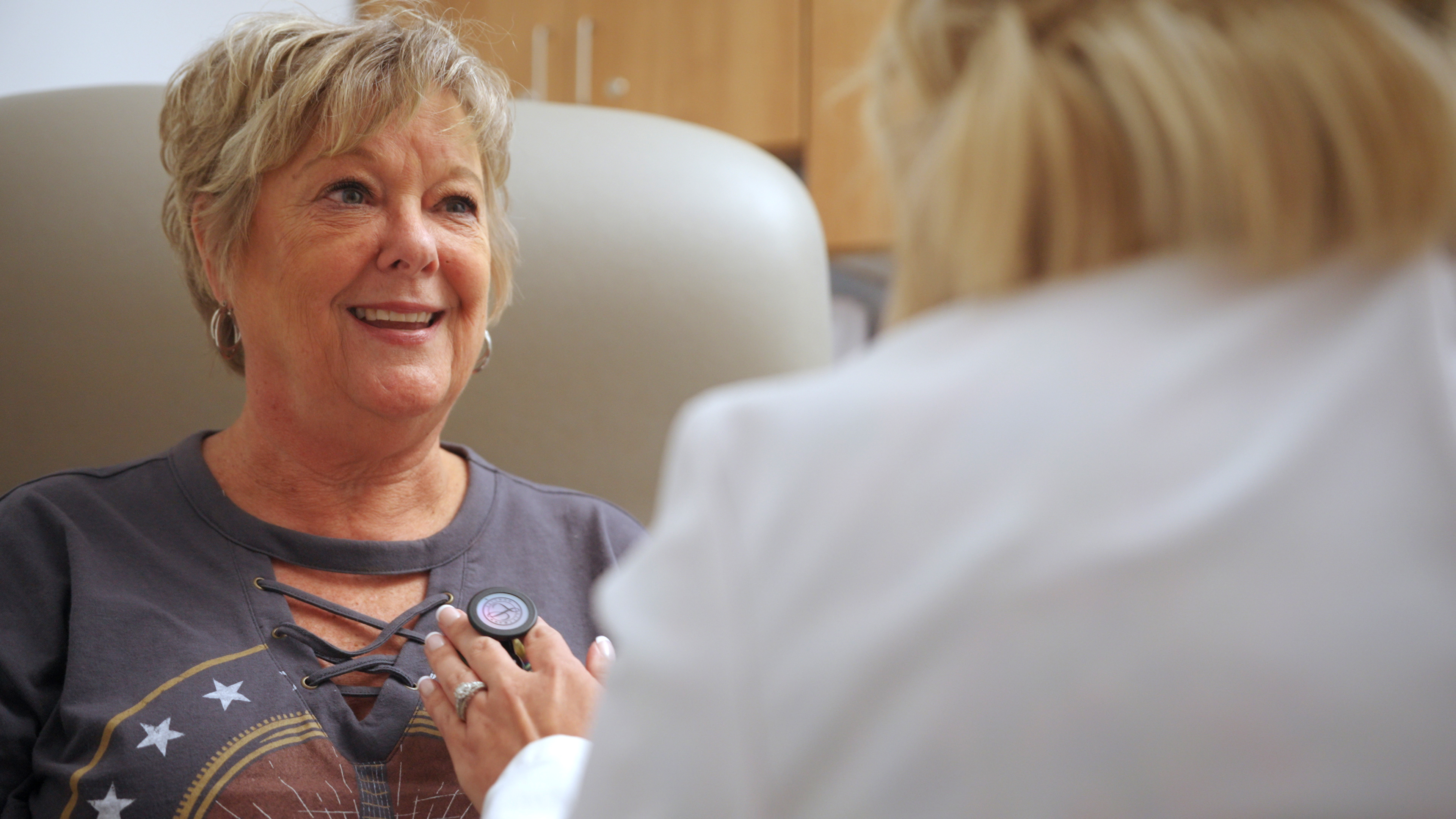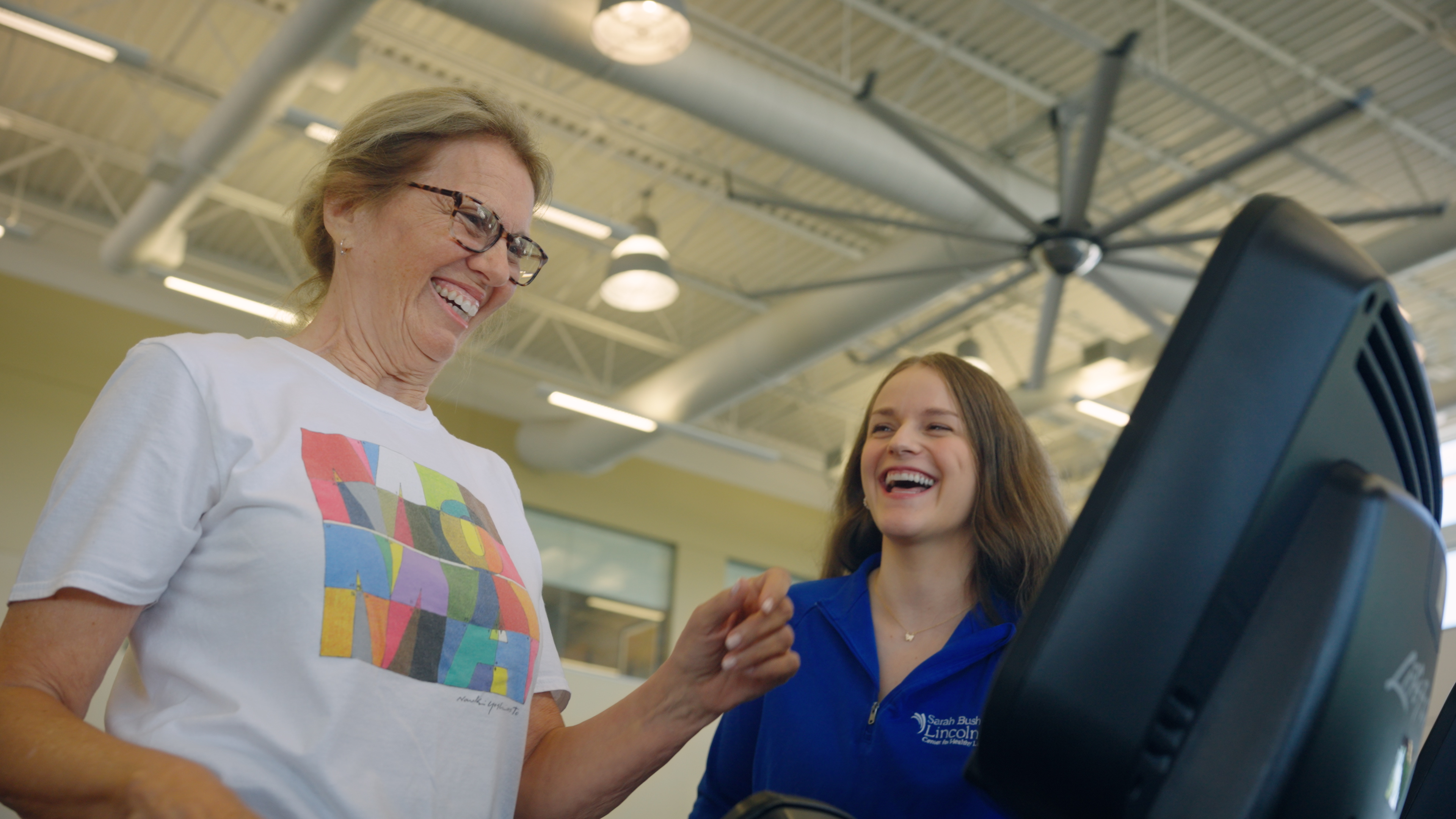Thoracic Outlet Syndrome
Thoracic outlet syndrome is a variety of symptoms that happen from a narrowing of your thoracic outlet. This is the space between your collarbone and your first rib. It can result from injury, disease, or a problem you had from birth.
The thoracic outlet is a narrow space between your collarbone (clavicle) and your first rib. Nerves and blood vessels exit from your chest to your arm through this space. This includes:
- The subclavian artery, a very large main artery
- The subclavian vein, a large main vein
- The brachial plexus, a bundle of nerves that serve your shoulder, arm, and hand
Your shoulder muscles normally keep your clavicle raised and in place.
Many health problems can cause your collarbone to slip down and forward. This narrows the thoracic outlet. It puts pressure on the nerves and blood vessels here. This causes the symptoms of thoracic outlet syndrome.
Healthcare providers sometimes categorize thoracic outlet syndrome by its underlying cause. For example, “cervical rib syndrome” is a type of thoracic outlet syndrome that can happen if a person has an extra upper rib. Experts also sometimes categorize thoracic outlet syndrome by the structures compressed. Nerve, vein, and artery compression may all cause different symptoms. But there might be compression on more than one structure.
Thoracic outlet syndrome is not common. Women get it more often than men do. It can happen in people of any age. But it is more common in younger adults.
What causes thoracic outlet syndrome?
Thoracic outlet syndrome results from the compression of nerves and blood vessels between your upper rib and your collarbone. Health problems that can cause this include:
- Having an extra rib from birth
- Having an abnormality in your neck muscles from birth
- Neck injury
- Injury to the first rib or collarbone
- Repetitive overhead arm movements (which may cause inflammatory changes)
For more information or to schedule an appointment, call:
- SBL Bonutti Clinic at 217 342-3400, or
- SBL Orthopedics & Sports Medicine at 217 238-3435
For more information on this topic, visit our Health Library.









